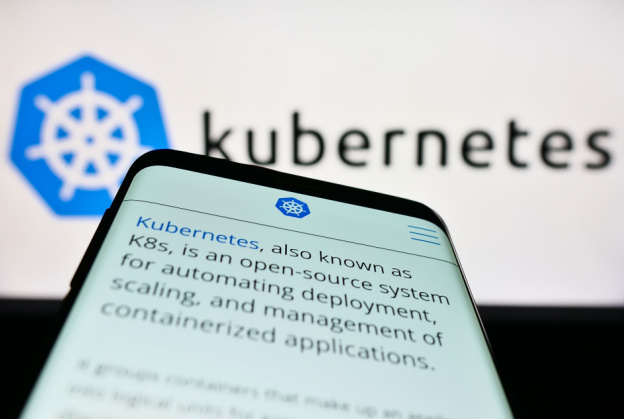What is Kubernetes Monitoring?
Kubernetes monitoring is the process of observing, collecting, and analyzing data on the health and performance of a Kubernetes cluster and its constituent components. Kubernetes monitoring provides insight into the cluster’s behavior, detects anomalies, and generates alerts to notify administrators of any issues that require attention. This enables organizations to maintain the stability, reliability, and security of their Kubernetes environment and ensure that their applications are running smoothly. Effective Kubernetes monitoring is critical for managing the complexity of modern distributed systems and achieving optimal performance and uptime.
According to IntelliSoft, Kubernetes was born out of Google’s 2003 Borg project and released in 2015, has revolutionized IT infrastructure. With the need to manage vast hardware resources without impacting business revenue driving its development, skilled engineers began exploring ways to extract optimal performance from commodity systems – resulting in a breakthrough that enabled cloud-based orchestration via containers.
How Does it Work?
Kubernetes monitoring works by collecting and analyzing data on the health and performance of various Kubernetes objects, including pods, nodes, and containers. Monitoring tools typically use metrics, logs, and events to track resource utilization, availability, and performance indicators such as CPU usage, memory consumption, and network traffic. The data is then analyzed to detect anomalies, trends, and patterns, and alerts are generated to notify administrators of any issues that require attention. Kubernetes monitoring may also involve configuring thresholds, setting up dashboards and visualization tools, and performing proactive maintenance to optimize the cluster’s performance and reliability.
By monitoring Kubernetes environments, organizations can gain valuable insights into their applications’ behavior and make informed decisions about scaling, resource allocation, and capacity planning.
Industry Growth
Due to the rapid adoption of cloud-native technologies, Kubernetes has emerged as the industry standard for container orchestration. According to Gartner, the revenue for global container management software services sat at $465.8 million in 2020, and is expected to reach $944 million in 2024.
Why Monitor Kubernetes?
Kubernetes monitoring is becoming more and more essential for organizations’ cybersecurity as more and more applications are deployed in containerized environments. Kubernetes provides powerful tools for managing and scaling containerized workloads, but these environments are also highly complex and dynamic, making them vulnerable to security threats. By monitoring Kubernetes environments, organizations can detect potential security breaches and vulnerabilities, such as unauthorized access or compromised containers, in real-time. Kubernetes monitoring also helps organizations comply with security regulations and standards, such as GDPR or PCI DSS, by providing detailed logs and metrics that demonstrate compliance.
More Benefits
Improved performance and uptime:
Kubernetes monitoring provides real-time insights into the health and implementation of a cluster and its components, enabling organizations to identify and address issues before they impact application performance or availability.
Better performance:
Optimizing your system’s performance before disaster strikes. Knowing the utilization of resources, CPU and memory levels, as well as network traffic will help you identify risk areas so that minor hiccups don’t turn into major issues.
Better resource management:
By monitoring resource usage, administrators can optimize resource allocation and ensure that the cluster operates efficiently.
Scalability and growth:
Kubernetes monitoring helps organizations plan for future growth by providing insights into usage patterns, enabling administrators to make informed decisions about scaling the cluster and allocating resources.
Overall, Kubernetes monitoring is essential for ensuring modern distributed systems’ stability, reliability, and security, allowing organizations to confidently deliver high-quality applications to their users.
AgileBlue Kubernetes Monitoring
Gain unparalleled oversight of your containerized infrastructure with AgileBlue’s Kubernetes monitoring. Unravel the big picture in minutes and keep tabs on real-time performance for uninterrupted reliability without extensive recovery time.
AgileBlue’s Kubernetes monitoring offers a range of benefits, including fully-featured clusters that come with exclusive tools such as Canvas and Maps, allowing for complete customization. Our secure-by-default configuration includes native authentication, TLS encryption, and RBAC, with the option to add extra security features such as Kerberos, SAML, OpenID, or custom certificates. AgileBlue also offers hot-warm-cold patterns for time-series use cases, allowing for cost-effective storage of large amounts of data with a single configuration change. Finally, AgileBlue makes data movement and search operations across multiple Kubernetes clusters seamless through deployment in a single environment and subsequent connection.
Discover the power of Kubernetes Monitoring and stay ahead with our expert team. Reach out to us today for a conversation about your monitoring needs!





